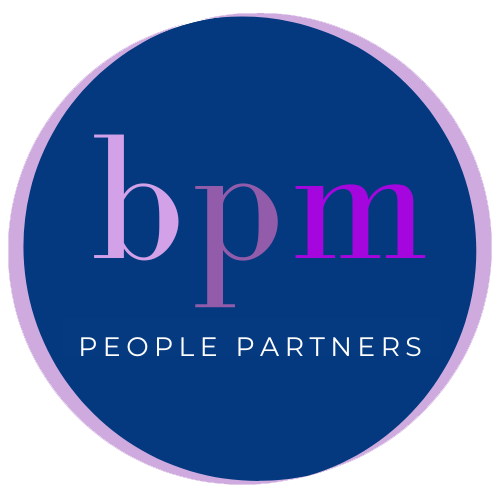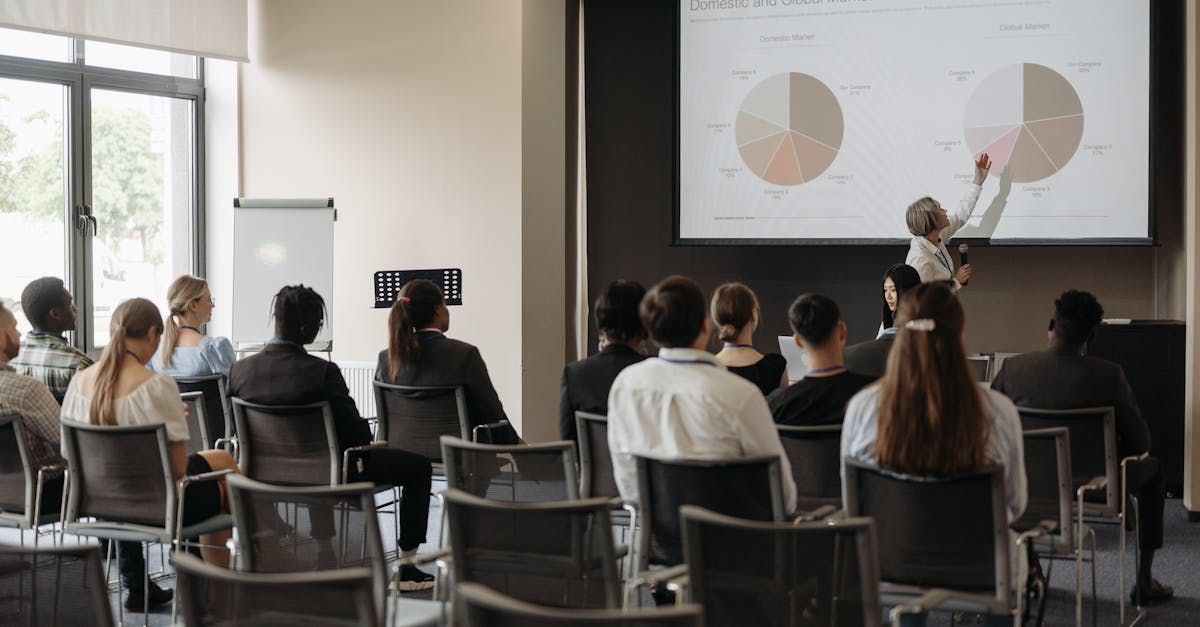Tactical Approaches for Continuous Learning
A Simple Translation to Help Implement This Concept

In our last post, we made the case that continuous learning has a positive impact on the culture of an organization. We also acknowledged that embedding this concept into a culture can be challenging
Continuous Learning can be made more tangible and simpler to implement by first breaking down Learning. Learning has two assumptions: one, the learner did not previously have mastery over a given subject matter; and two, at the culmination of the learning process, they have now obtained some working level of understanding. The topic was at first a challenge, and with some support, the learner has achieved a previously defined result.
In a more simple equation: High Challenge + High Support = High Results
Unlike Continuous Learning, defining examples of each component of this equation is straightforward. High Challenge can look like taking on complex problems, trying out new ideas, offering stretch assignments, etc. High Support might include offering regular feedback, recognizing accomplishments, and being flexible. Importantly, High Results can be based on whatever measuring stick you’re using; the achievement is in the eye of the beholder. All organizations hope to achieve High Results, so with the way these concepts are intertwined, they should also consider the importance of embedding continuous learning into their culture.
If we break down Continuous Learning into the components of Challenge and Support, then weaving this concept into your organization is simpler than it seems. Some ideas:
- Challenge: Offer stretch opportunities to high performers. The best way to assess someone’s readiness for the next step is to give them a chance to perform at that level, with the safety and support of their current team.
- Challenge: Take a risk on an innovative solution to a repeat problem. If many of your customers have the same complaint, maybe there’s a different way to solve it than you’ve considered before. Better yet, allow the individual who suggested the new idea to lead on the initiative, even if they wouldn’t normally take on such a project.
- Support: Train your Managers. Instituting a formal manager or leadership training program can have a ripple effect, so those managers become supportive enablers to their team members. Managers in particular have the ability to foster continuous learning in their own teams by offering opportunities for challenges, which are really opportunities for learning, and supporting the team members along the way of that challenge.
- Support: Offer Role Specific and General Development. Skill-based training for specific roles can be hugely beneficial to improve an employee’s toolkit in their existing work or for a role they aspire to. This may look like attending seminars, acquiring certifications, or piloting a new technology. But general professional development can be valuable too, like communication, public speaking, conflict resolution, and project management. This is where an L&D resource or third party tool can be an asset.
One final word on our component equation: Clarity
This equation only works if the expected High Results are well defined, well communicated, and well accepted. First, they must be clearly achievable and measurable. There should be no question at the end of the measurement period of whether or not the result was achieved. Second, everyone on the team must know what is expected. The expected outcome should be documented in goal setting sessions, shared in all-hands meetings, summarized in emails, and repeated throughout the year. Third, everyone should want and be working toward the same result; there should be consensus. If the stated results are missing any of these components, their achievement is unlikely. Invest in Continuous Learning, and watch your employees and organization flourish together.
Contacts
Yvonne Rickert
Margel DiMaggio
Jonathan Chomicz











